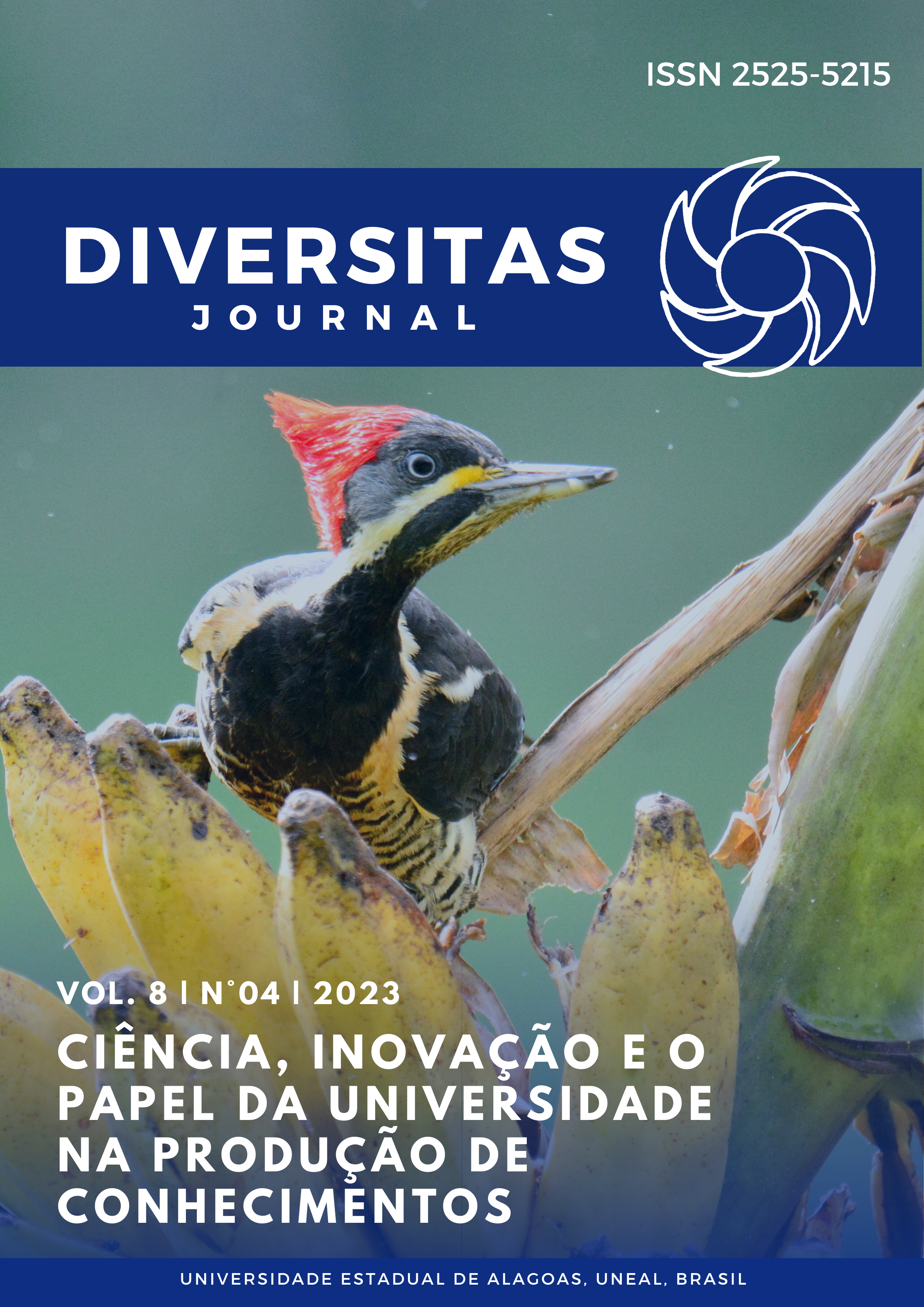Testing and evaluation of biomass roasting furnace using Pili Shell
DOI:
https://doi.org/10.48017/dj.v8i4.2643Keywords:
Biomass roasting furnace, Pili shell, Roasting meat, Biomass fuelAbstract
The use of pili shells as fuel in a biomass roasting furnace for roasting meat was investigated in this study. To estimate the capacity of pili shells in roasting meat, researchers used observation, experimentation, data analysis, and interpretation. Pili shells as a fuel were found to be a good substitute for roasting. Pili shells are more effective than an electric oven, according to the researchers. More research into the qualities and components of pili nutshells is needed to establish the treatment required before they may be utilized as fuel. Increased pressure has an effect on torrefaction metrics such as mass yields, energy densification ratio, energy yield, process energy consumption, the proximate analysis, high heating value.Metrics
References
Ahmad, R., Ilyas, H. N., Li, B., Sultan, M., Amjad, M., Aleem, M., Abbas, A., Imran, M. A., & Riaz, F. (2022, August 12). Current challenges and future prospect of biomass cooking and heating stoves in Asian countries. Frontiers. https://www.frontiersin.org/articles/10.3389/fenrg.2022.880064/full
Biomass fuels. (n.d.). https://enva.com/resource-recovery/energy/biomass-fuels
Boy et al. (2020). Fuel efficiency of an improved wood-burning stove in rural Guatemala: implications for health, environment and development. Energy Procedia
C. L'Orange et al. (2022). Influence of stove type and cooking pot temperature on particulate matter emissions from biomass cook stove
Enerpower. (2012, June 12). Biomass Explained. Enerpower. https://enerpower.ie/2012/06/12/biomass-explained/
Huboyo et al. (2021). Comparison between Jatrophacurcas seed stove and woodstove: performance and effect on indoor air quality
MacCarty et al. (2018). A laboratory comparison of the global warming impact of five major types of biomass cooking stoves
N. MacCarty et al. (2020). Fuel use and emissions performance of fifty cooking stoves in the laboratory and related benchmarks of performance
N. L. Panwar et al. (2018). Design and performance evaluation of a 5 kW producer gas stove. Biomass Bioenergy
Nonrenewableresources.(n.d.-b). https://education.nationalgeographic.org/resource/nonrenewable-resources/
Okino, J., Komakech, A. J., Wanyama, J., Ssegane, H., Olomo, E., & Omara, T. (2021, May 29). Performance characteristics of a cooking stove improved with sawdust as an insulation material. Journal of Renewable Energy. https://www.hindawi.com/journals/jre/2021/9969806/
Pham, L., & Dumandan, N. (2015). Philippine Pili: Composition of the lipid molecular species - researchgate. ResearchGate. https://www.researchgate.net/publication/285215963_Philippine_Pili_Composition_of_the_lipid_molecular_species
Still, K. (2022, May 7). Learning from the Three Stone Fire. Aprovecho. http://aprovecho.org/the-big-picture/learning-from-the-three-stone-fire/
Torretta, V., Mendoza, I. J. C., Portillo, M. a. G., & Conti, F. (2022). Are waste-based briquettes alternative fuels in developing countries? A critical review. Energy for Sustainable Development, 68, 220–241. https://doi.org/10.1016/j.esd.2022.03.013
V.M. Berrueta et al.(2018). Energy performance of wood-burning cook stoves in Michoacon, Mexico Renew.Energy
VNV. (2023, March 9). Cookstoves: An eco-friendly solution for sustainable cooking. VNV Advisory. https://vnvadvisory.com/cookstoves-an-eco-friendly-solution-for-sustainable-cooking/
Wikipedia contributors. (2023). Clay. Wikipedia.https://en.wikipedia.org/wiki/Clay Sriudom (2021). Thermal efficiency improvement and technology transfer of chimney stove for producing stove; Amphoe Bo Kluea, Nan Province
Yao, M. G. (2012). Pili (Canarium Ovatum Engl.) Nut Shell activated carbon: Surface modification, characterization and application for carbon dioxide capture. Animo
Zafar, S. (2021, December 14). Biomass Energy Potential in Philippines. BioEnergy Consult. https://www.bioenergyconsult.com/biomass-philippines/
Downloads
Published
How to Cite
Issue
Section
License
Copyright (c) 2023 Jeffrey Cacho, Sherwin Reyes, Miguel Ramalho Santos, Joefil Jocson, Estrelita Bernardo

This work is licensed under a Creative Commons Attribution 4.0 International License.
The Diversitas Journal expresses that the articles are the sole responsibility of the Authors, who are familiar with Brazilian and international legislation.
Articles are peer-reviewed and care should be taken to warn of the possible incidence of plagiarism. However, plagiarism is an indisputable action by the authors.
The violation of copyright is a crime, provided for in article 184 of the Brazilian Penal Code: “Art. 184 Violating copyright and related rights: Penalty - detention, from 3 (three) months to 1 (one) year, or fine. § 1 If the violation consists of total or partial reproduction, for the purpose of direct or indirect profit, by any means or process, of intellectual work, interpretation, performance or phonogram, without the express authorization of the author, the performer, the producer , as the case may be, or whoever represents them: Penalty - imprisonment, from 2 (two) to 4 (four) years, and a fine. ”















.png)




